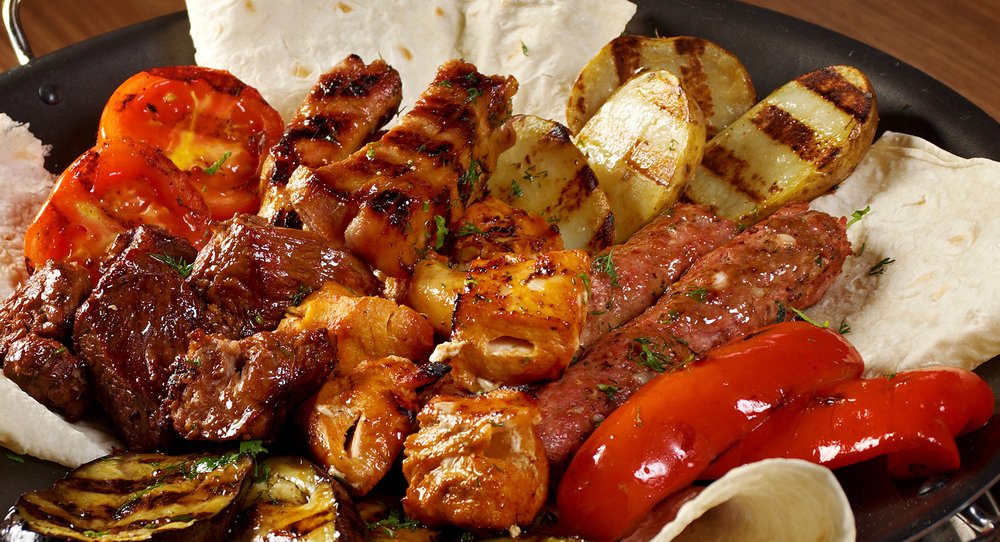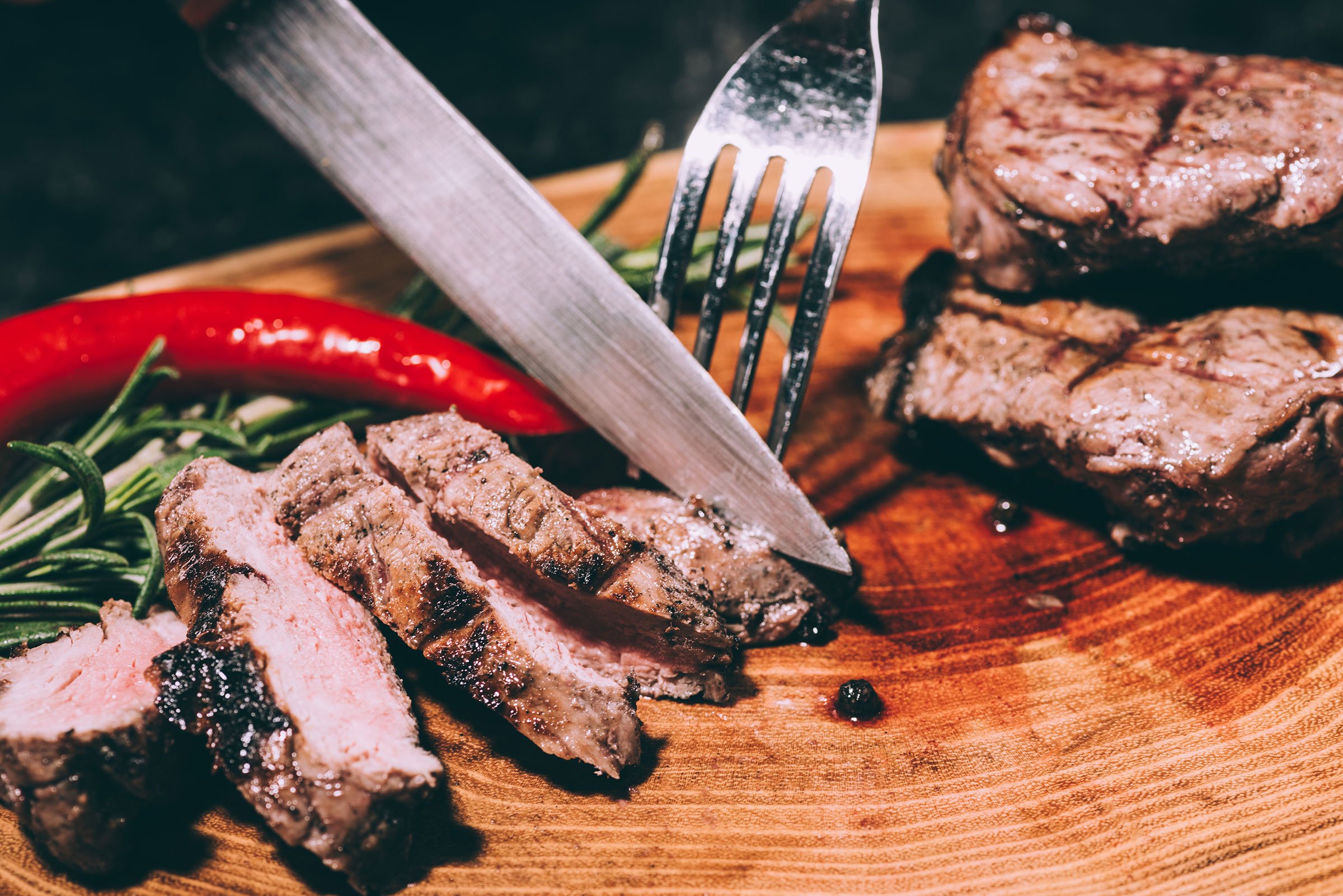In the heartland of Argentina, a beloved culinary tradition reigns supreme – Asado. More than just a meal, Asado represents a celebration of Argentine culture, a vibrant gathering that unites family and friends around a communal fire. It is a time-honored tradition that embodies the essence of the gaucho spirit, showcasing the deep connection between Argentine traditions, the land, and the art of grilling.
From the rolling pampas to the bustling city streets, the cultural significance of Asado resonates throughout Argentine society. This treasured culinary tradition has become an integral part of the Argentine identity, showcasing the country and population’s passion for food, community, and heritage. Asado represents not only a feast of succulent flavors but also a communal experience that brings people together, creating cherished memories and reinforcing the bonds of family and friendship.
As we delve into the world of Asado, we embark on a journey through its rich tapestry of preparation techniques, cuts of meat, social rituals, and the captivating connection to the gaucho spirit. We will explore the artistry and passion behind the grill, discovering the secrets of slow-cooking over wood or charcoal, and the delicate balance between heat and smoke that infuses the meat with irresistible flavors.
In the world of Asado, the selection of cuts of meat is a symphony of taste and texture, showcasing the pride Argentinians take in sourcing the finest ingredients. From the juicy bife de chorizo to the flavorful entraña and the tender mollejas, each cut is carefully chosen to create a symphony of flavors that tantalize the palate.
But Asado is not merely about the food. It is a celebration of Argentine culture, and the social rituals surrounding this communal feast are deeply ingrained in Argentine society. From the preparation process to the role of the asador (grill master), every step carries meaning and tradition. The asado table becomes a stage for connection, conversation, and unity, where the sharing of food becomes a celebration of community and togetherness. And let us not forget the embodiment of the gaucho spirit within the world of Asado. The gaucho knife, with its rich history and cultural significance, plays a vital role in preparing and serving the meat. It represents the values of self-reliance, tradition, and craftsmanship that have defined the gaucho culture throughout the ages.
Join us on this culinary journey as we explore the captivating world of Asado – a celebration of Argentine culinary tradition and the gaucho spirit. From the sizzling grills to the communal tables, we will uncover the flavors, the rituals, and the profound connection that makes Asado an integral part of Argentine culture. Get ready to ignite your taste buds and immerse yourself in the vibrant traditions that make Asado an unforgettable experience.
Stay tuned for the upcoming sections where we will dive into the preparation techniques, the mouthwatering cuts of meat, the social rituals, and the role of the gaucho knife that together create the mesmerizing tapestry of Asado. Let the fire of anticipation burn as we embark on this culinary adventure together.
SECTION 1: THE ESSENCE OF ASADO
In Argentine society, Asado holds a significant place, not only as a culinary delight but also as a cultural institution that brings families and friends together in a celebration of Argentine traditions and the gaucho spirit. It is an experience that goes beyond the flavors and aromas of succulent grilled meats, encompassing the values of community, togetherness, and unwavering love for the land.
Asado’s cultural and social importance is deeply ingrained in Argentine society. It serves as a powerful force that unites people, transcending social boundaries and fostering connections among individuals from all walks of life. The act of gathering around a fire, sharing stories, laughter, and good food, creates a sense of kinship and reinforces the bonds of family and friendship. The historical connection between asado and the gaucho culture is profound. The gauchos, legendary figures of Argentine folklore, were skilled horsemen and cattle herders who embodied the spirit of independence, resilience, and love for the vast Argentine landscape. They relied on the land for sustenance, and asado became a natural extension of their way of life.
In the heartland of the pampas, the gauchos would gather to cook the meat they had diligently tended to all winter, using simple techniques and embracing the rustic charm of open-fire cooking. Asado became a communal event, where gauchos shared their stories, showcased their horsemanship skills, and reveled in the flavors of the grilled meats. This historical connection between asado and the gaucho culture has left an indelible mark on Argentine society, as it serves as a reminder of their rich heritage and the values they hold dear.
Today, asado continues to epitomize Argentine traditions, independence, and a profound love for the land. It is a celebration of Argentina’s agricultural abundance, a dish where the country’s renowned beef takes center stage. As the aromatic smoke dances in the air and the sizzle of the grill tantalizes the senses, the essence of Argentina comes alive.
Beyond the culinary experience, asado represents a way of life, a declaration of Argentina’s cultural identity. It symbolizes the pride in their traditions and a deep-rooted appreciation for the land that sustains them.
Whether it takes place in the capital, sprawling countryside, bustling city streets, or intimate backyard gatherings, the spirit of asado brings people together, fostering a sense of unity, and honoring the values that have shaped Argentina’s vibrant culture for centuries.
As we journey deeper into the world of asado, we will explore the preparation techniques, the cuts of meat, the social rituals, and the remarkable role of the gaucho knife that make this communal feast a true celebration of Argentine culinary tradition and the gaucho spirit. Join us as we uncover the essence of asado and embrace the flavors, the stories, and the profound sense of connection that it brings to Argentine society.




